According to a penetration testing report, 70% of firms do penetration testing to assist vulnerability management programs, 69% to assess security posture, and 67% to achieve compliance. A pentest is performed yearly or biannually by 32% of firms.
If you are considering doing a penetration test on your firm, you may be interested in knowing more about the types of penetration testing available. With that knowledge, you’ll be better able to determine the scope of your project, recruit a suitable expert, and ultimately meet your security goals.
What is Penetration Testing?
A pen test is a type of ethical cyber security assessment that is used to identify, investigate, and fix vulnerabilities in a company’s network or applications. Pen testing employs the same tactics, methods, and procedures used by cyber criminals to mimic an actual assault on an organization, allowing them to determine whether their security policies are robust enough to survive various types of attacks.
Pen testing, whether done externally or internally, may mimic a variety of attack routes. The demands of the organization being tested dictate the aims and outcomes of each pen test. The kind of assessment determines the degree of information provided to the penetration tester about the environment or systems to be tested.
What is the Importance of Penetration Testing?
Any cyber security plan must include penetration testing. Penetration testing aids in assessing an organization’s systems, applications, and networks’ security. Here are some of the top reasons why pen testing is important:
-
Identify Vulnerabilities
Penetration testing assists firms in identifying vulnerabilities in their IT infrastructure and applications prior to malevolent hackers exploiting them. Businesses may increase their security posture by proactively identifying holes.
-
Risk Mitigation
It enables companies to identify and comprehend the possible risks they face, allowing them to properly prioritize and deploy resources to solve the most essential security concerns. This preventive strategy lowers the chance of security and data breaches, saving time and money in the long term.
-
Compliance Requirements
Security and data protection standards vary by industry and area. To verify compliance with these requirements, penetration testing is frequently required. Regular testing assists firms in avoiding penalties and legal ramifications while preserving customer and partner confidence.
Talk to our Cybersecurity Expert to discuss your specific needs and how we can help your business.
Types of Penetration Testing You Should Know About
Let’s look into some of the types of penetration testing. We have listed the top 7 types below:
-
Web Application Penetration Testing
Web application penetration testing, often known as web app pen testing, is a security assessment method that aims to uncover vulnerabilities and flaws in web applications. It entails simulating cyberattacks in order to evaluate the application’s resistance to possible threats.
The primary goal is to identify vulnerabilities and cybersecurity threats in websites and their components, such as databases, source code, and back-end networks. Identifying and addressing vulnerabilities aids in the prevention of data breaches, and financial losses, while also maintaining the security and integrity of online applications.
Click to read more about Web application pen testing.
-
Mobile Application Penetration Testing
Mobile Application Penetration testing is the process of examining a mobile application for security flaws. The purpose of penetration testing is to identify and report flaws in mobile security to developers. As the number of mobile devices and users has expanded, penetration testing has developed dramatically, for example, android and iOS penetration testing.
Before releasing mobile-based applications for gaming, payment, shopping, and other purposes to the public, organizations should conduct mobile pentests. It should also be done after any big program changes. Organizations should consider undertaking mobile app penetration tests after any major upgrades, patches, or new feature additions, in addition to pre-launch testing.
-
Cloud Penetration Testing
Cloud penetration testing is a security assessment technique that focuses on discovering flaws and vulnerabilities in cloud-based settings. It entails simulating cyberattacks in order to assess possible security vulnerabilities in an organization’s cloud infrastructure, services, and settings.
The attack surface for cyber threats grows as more data and apps migrate to the cloud. Pen testing assists businesses in identifying and correcting vulnerabilities, misconfigurations, and access control concerns that hostile actors might exploit. Furthermore, frequent testing ensures that security stays dynamic and adaptable, allowing organizations to efficiently reduce risks and safeguard sensitive data.
-
API Penetration Testing
API pen testing is a security assessment method that focuses on detecting vulnerabilities and flaws in application programming interfaces (APIs). APIs serve as conduits for different software systems to communicate and share data. API pen testing entails simulating cyberattacks in order to evaluate the security of these interfaces and the data they manage.
API pen testing assists businesses in identifying vulnerabilities, authorization problems, and data exposure hazards, allowing them to repair them before they are abused. Businesses may avoid data breaches, preserve user privacy, and maintain consumer confidence by undertaking extensive API pen testing, eventually protecting their brand and complying with legal obligations.
Learn more about API Penetration Testing by clicking here!
-
IoT Device Penetration Testing
IoT device penetration testing is a security assessment procedure that focuses on discovering vulnerabilities and weaknesses in IoT devices and ecosystems. This pen testing entails simulating numerous attack scenarios in order to assess the security of these devices and the IoT networks to which they link.
IoT pen testing is required because of the particular vulnerabilities associated with IoT devices, which frequently lack regular security upgrades and may have default or weak passwords. IoT pen testing assists in identifying and correcting security flaws, evaluating the resilience of IoT ecosystems, and eventually protecting against possible cyber-attacks.
-
Blockchain Penetration Testing
Blockchains are distributed ledger systems that serve as the foundation for cryptocurrencies and a broad range of other applications. Blockchain pen testing entails simulating cyberattacks in order to assess the security of blockchain networks, smart contracts, and other relevant components.
Vulnerabilities, code faults, and implementation problems can pose major security threats, potentially resulting in financial losses and data integrity breaches. Blockchain pen testing aids in the discovery and resolution of these flaws, therefore protecting digital assets, maintaining the stability of smart contracts, and increasing confidence in blockchain systems.
Click here to check out the top cybersecurity companies in 2025.
-
External Network Penetration Testing
External network penetration testing entails mimicking real-world assaults in order to detect vulnerabilities and weaknesses in networks accessible via the internet, such as firewalls, routers, and web servers. The goal is to identify potential entry points for hostile actors seeking to enter a company’s network.
Organizations are vulnerable to external threats such as distributed denial of service (DDoS) assaults, data breaches, and unauthorized access to critical systems. Organizations may proactively detect and repair vulnerabilities, harden their network defenses, and avoid any type of harm caused by security events.
What are the Approaches to Penetration Testing?
There are three primary strategic methods of penetration testing, each with its own set of techniques and tools.
| Gray Box Testing | The penetration tester has rudimentary information about the target system in a gray-box penetration test, such as initial access credentials, a network infrastructure map, or application logic flowcharts. Because hostile hackers do not generally strike without first gathering knowledge about their target, gray-box penetration testing establishes a realistic attack environment. |
| White Box Testing | White-box penetration tests are more akin to a comprehensive scan of a system at the source code level than a cyberattack. Here, the tester has complete access to the target system. The aim is for the tester to be able to bypass the system’s security safeguards in order to find logic holes, misconfigurations, poorly designed code, and insufficient security measures. |
| Black Box Testing | The penetration tester has no prior knowledge of the target network or system in a black-box penetration test. Black box penetration tests force testers to think like possible hackers while searching for vulnerabilities because the tester has no access to information such as internal code, software, passwords, or sensitive data. |
How Frequently Should You Do a Pen Test?
You may be asking how frequently penetration testing should be performed. The answer is determined by the degree of risk in your firm. An enterprise with no critical data on its network may test once a month, but an e-commerce site with a high risk of data theft may need to test weekly or daily.
Some even run continuous security tests. The main thing is to figure out what works best for your company. It is essential to contact a security specialist if you are unclear about the kind of danger your firm faces.
It is also recommended to test your applications and code after any updates are made. You should test your source code, API, and website so there’s no loophole for any outsider to break and have access to the data.
What Factors to Consider While Choosing a Penetration Testing Company?
When selecting a penetration testing service provider, the most crucial factors to examine are:
| Experience | Consider the amount of experience while choosing a pen testing business. The more pen testing testers do, the better they become at spotting a wide range of security flaws. Some pen testing requires specific skills in unusual technologies. Check that the tester has relevant experience with the technology with which you are working. |
| Certification | This is the most important criterion for organizations to consider when hiring pen testers since it shows that the vendor can execute the job. You should ensure that the pen tester has been certified by a reputable organization. Inquire about the tester who will be completing the assignment to verify they are qualified and experienced. |
| Price | Companies typically ask how much penetration testing services cost. Unfortunately, it is impossible to estimate the cost of pen testing since it is based on the size and complexity of a company’s IT infrastructure. It also relies on the pen testers’ job and how far they need to delve. As a result, most pen-testing companies charge on a sliding scale. |
| Compliance | It is vital to select a penetration testing company that follows industry standards and legislation. Depending on your industry, the firm should be familiar with compliance frameworks such as GDPR, HIPAA, PCI DSS, and other related frameworks. This ensures that the penetration testing process complies with legal and regulatory standards, lowering legal and financial risks. |
| Service and Support | Consider the services offered by the penetration testing company. Consider their knowledge of various testing methods, such as network, web application, mobile app, and API testing. Furthermore, assess their availability and responsiveness in delivering assistance both during and after the testing procedure. |
| Reports | The accuracy of penetration testing results is crucial in assessing your organization’s security posture. Look for a business that delivers a thorough and easy-to-understand daily report on transparency. These reports should include information about discovered vulnerabilities, their severity, and remediation suggestions. |
Why is QualySec the Perfect Choice for Penetration Testing?
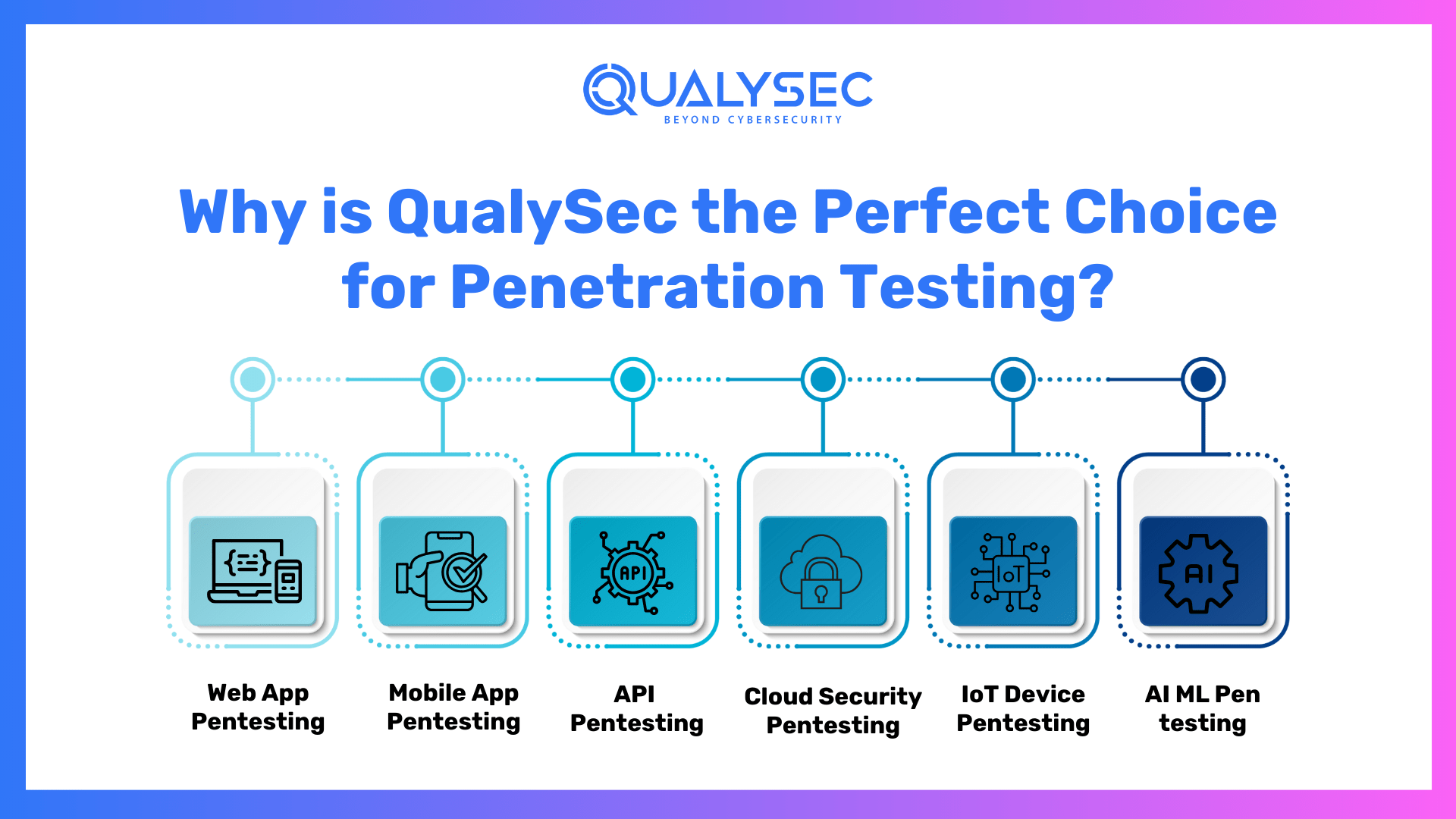
QualySec has a team of highly qualified security experts whose sole responsibility is to protect your application from intruders. We provide a variety of penetration testing services, including:
- Web App Pentesting
- Mobile App Pentesting
- API Pentesting
- Cloud Security Pentesting
- IoT Device Pentesting
- AI ML Pen testing
QualySec understands the importance of your and your customers’ data. At QualySec, penetration testing is not restricted to automated scanners. Our qualified and trained security personnel physically examine programs to guarantee no security risk is overlooked.
We recognize the significance of confidentiality and treat your information with the utmost care. We protect your applications from possible attacks by utilizing a skilled team of certified cybersecurity specialists, tools, and daily updates.
With our in-detail zero false report, you can check all the processes, tests done, and progress. Finally, we provide a certificate that will confirm that your digital assets are free from cyberattacks with zero data breaches.
Latest Penetration Testing Report

Conclusion
Finally, this blog has shed light on the varied types of penetration testing. From network to blockchain and API evaluations, these approaches are critical in bolstering an organization’s digital defenses.
With this information, organizations can make educated judgments about which sort of penetration testing best meets their security requirements. By using these practices, businesses can detect and address vulnerabilities, creating a robust defense against the dangers.
Click here to secure your company and infrastructure today with QualySec Technologies.
FAQs
What is the primary purpose of penetration testing?
To examine an organization’s security posture, penetration testing seeks to find vulnerabilities and flaws in its systems and applications. It assists in proactively resolving and mitigating these vulnerabilities before bad actors exploit them by mimicking real-world cyberattacks.
Is penetration testing a once-off event?
No, it isn’t. Penetration testing should be done frequently. Cyber dangers are always evolving, as are system settings. Regular testing ensures that security measures are still effective and adaptive to new threats.
How can I select the appropriate form of penetration testing for my organization?
The decision is influenced by your individual demands, systems, and potential dangers. Consider your assets’ nature, industry rules, and the threat landscape. It is best to contact a cybersecurity specialist to establish which type is best for your firm.









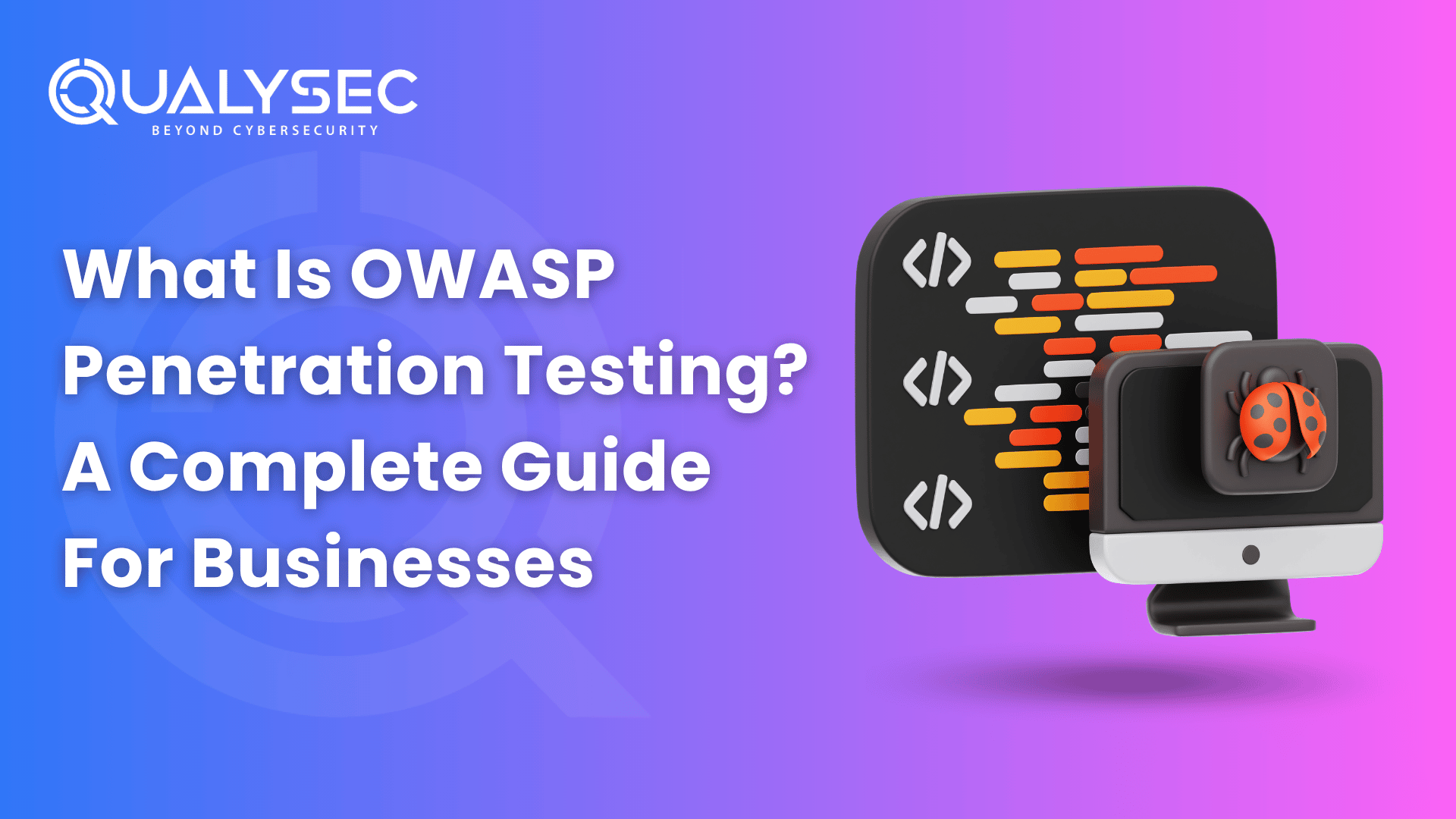


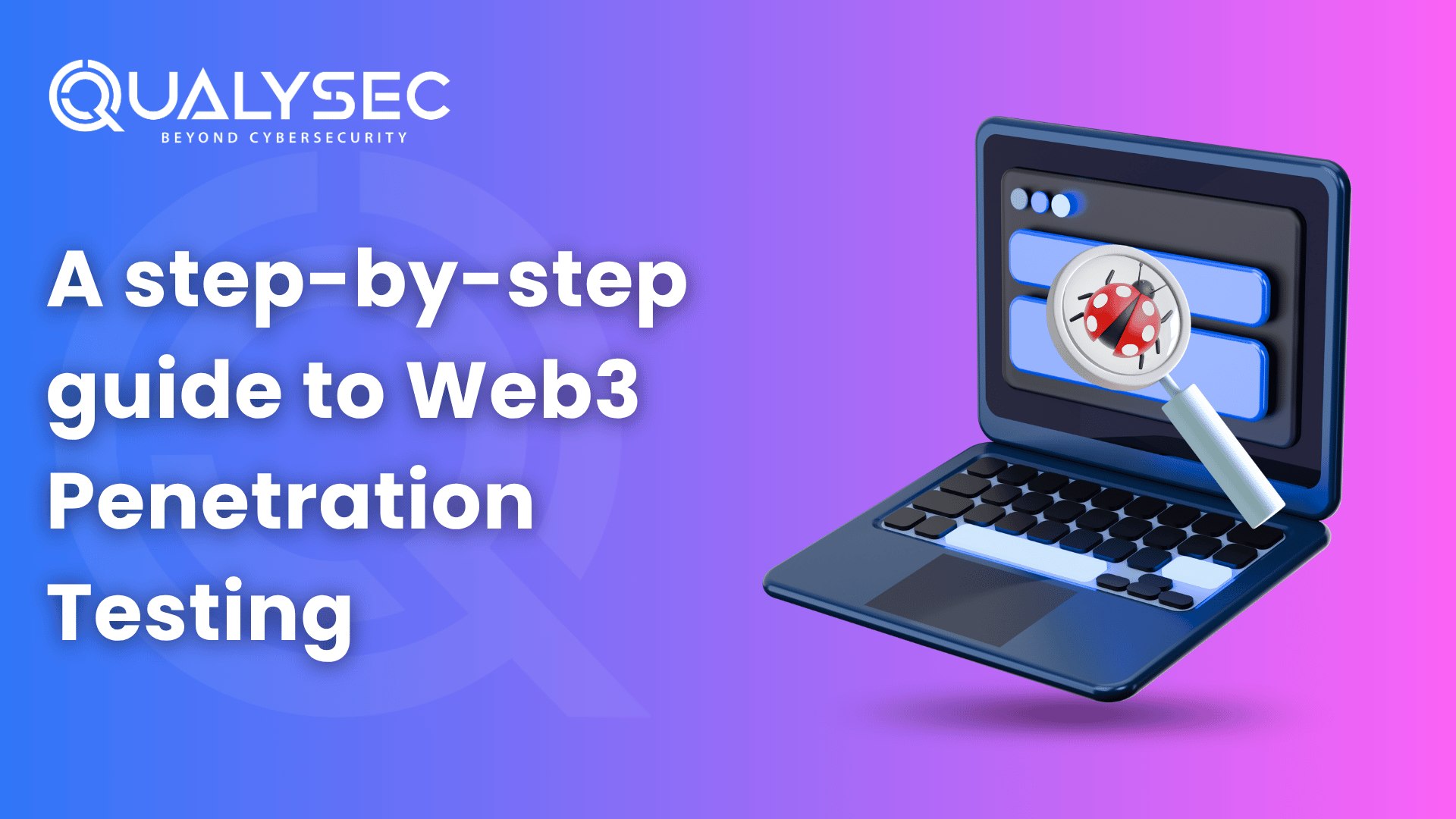
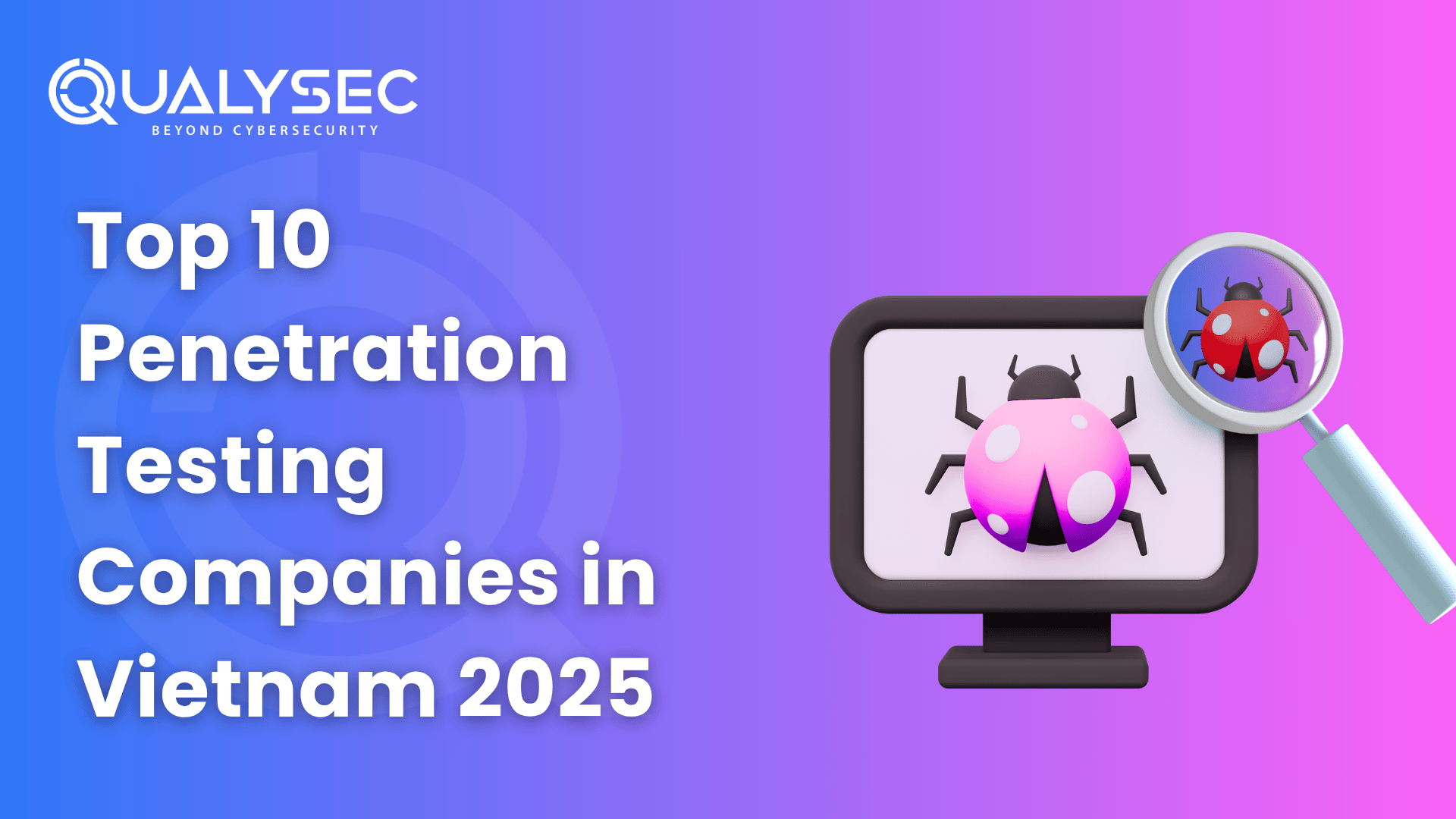
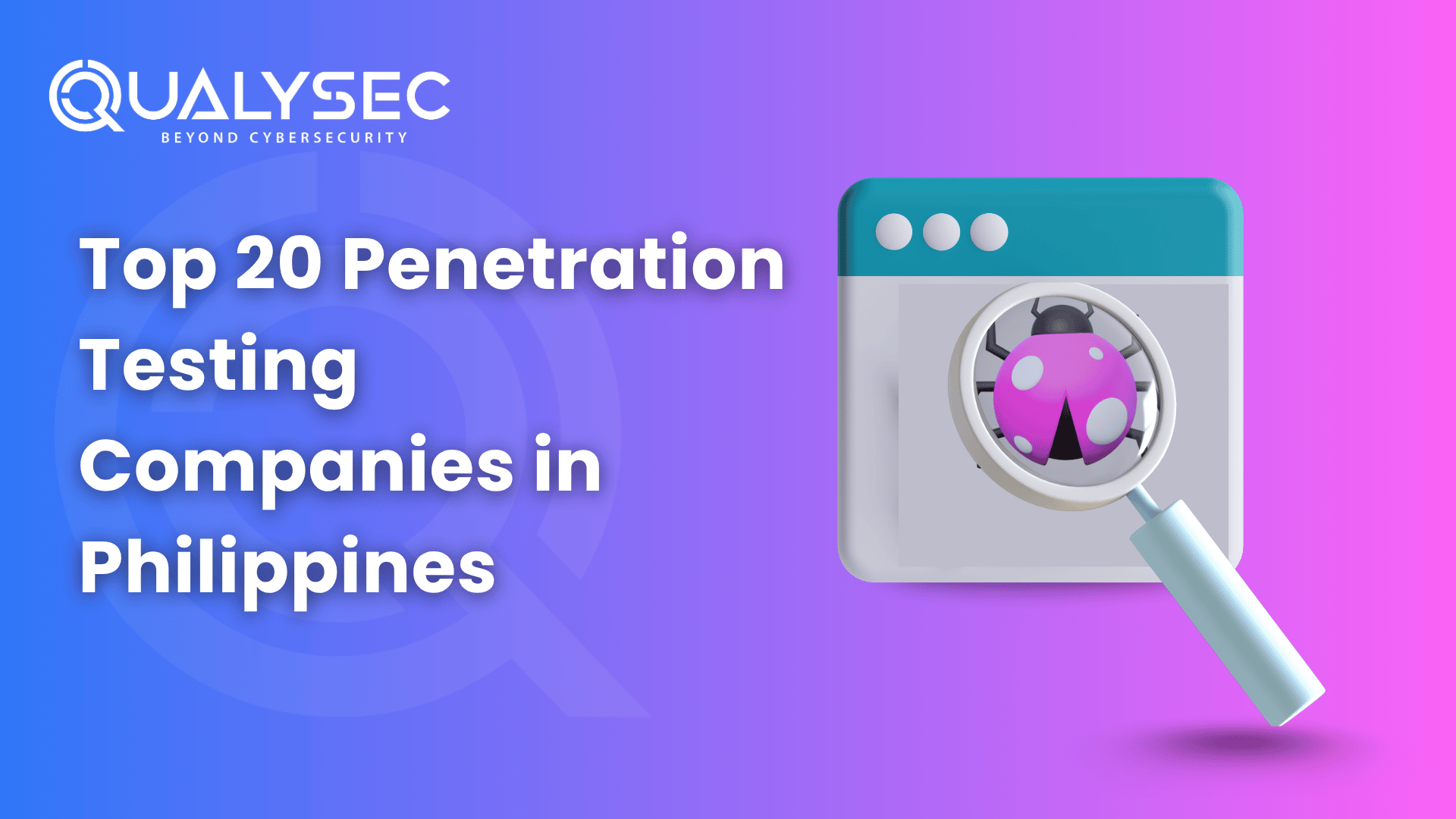
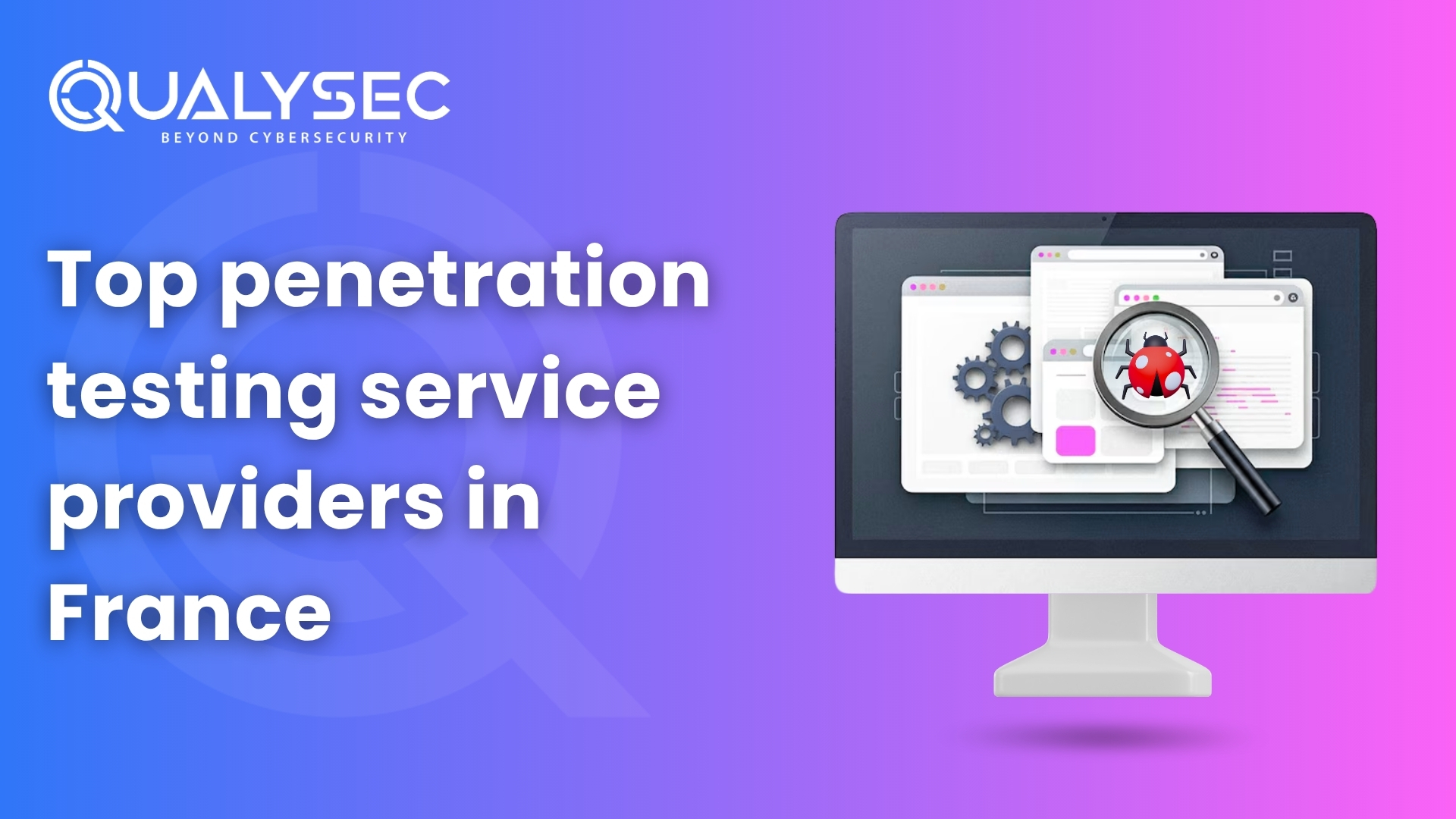






































































































































































































































































































































0 Comments